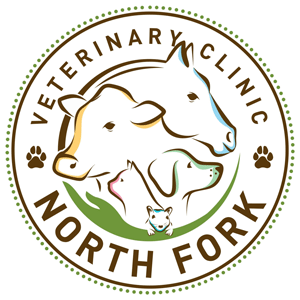Xylitol: What It Is & What You Should Know
As devoted caregivers to our beloved animal companions, our utmost priority is to ensure their happiness and well-being. Regrettably, there are instances when we inadvertently expose them to substances that could prove harmful or even fatal. In recent times, Xylitol, a sugar substitute commonly present in sugar-free gum, candies, and various other products, has emerged as a growing concern for those who share their lives with pets. In this blog post, we aim to shed light on what Xylitol is, elucidate its impact on pets, and provide guidance on preventing potential exposure.
Defining Xylitol:
Xylitol is a sugar alcohol frequently employed as a sugar substitute due to its sweetening properties and low glycemic index. It can be found in a range of items, including sugar-free gum, confections, baked goods, and even peanut butter. While it poses no harm to humans when consumed, its ingestion can be exceedingly perilous for pets, particularly dogs. For dogs, the consumption of Xylitol can result in a swift elevation of insulin levels, leading to hypoglycemia (low blood sugar). Symptoms of Xylitol poisoning in dogs may encompass vomiting, impaired coordination, seizures, and, in severe cases, liver failure.
Effects on Pets:
When dogs ingest Xylitol, their pancreas reacts by releasing a substantial amount of insulin in response to the perceived spike in blood sugar levels. This surge in insulin can precipitate a sudden drop in their blood sugar levels, culminating in hypoglycemia. Furthermore, Xylitol can lead to liver failure, which can prove fatal. Symptoms of Xylitol poisoning can manifest within 15-30 minutes following ingestion and progress rapidly to seizures or even fatality. It is worth noting that cats are generally unaffected by Xylitol poisoning, as they lack an affinity for sweets.
Preventing Exposure:
Pet guardians can safeguard their furry companions from potentially life-threatening Xylitol exposure by meticulously scrutinizing product labels and avoiding items that contain Xylitol. Given Xylitol’s presence in a variety of products, a diligent examination of labels becomes imperative. Furthermore, pet owners should acquaint themselves with the telltale signs of Xylitol poisoning and promptly seek veterinary assistance if they suspect their pet has ingested a Xylitol-containing product. Swift intervention is crucial to achieve the most favorable outcome in cases of suspected poisoning.
In conclusion, Xylitol can pose a significant risk to pets, particularly dogs. As responsible pet owners, it falls upon us to shield our cherished companions from hazardous substances. By familiarizing ourselves with what Xylitol entails, understanding its impact on pets, and adopting preventive measures such as label scrutiny and symptom awareness, we can ensure the continued health and longevity of our pets. If you suspect your pet has ingested Xylitol, do not hesitate to reach out to us and promptly transport them to the nearest animal hospital for assessment and care.

